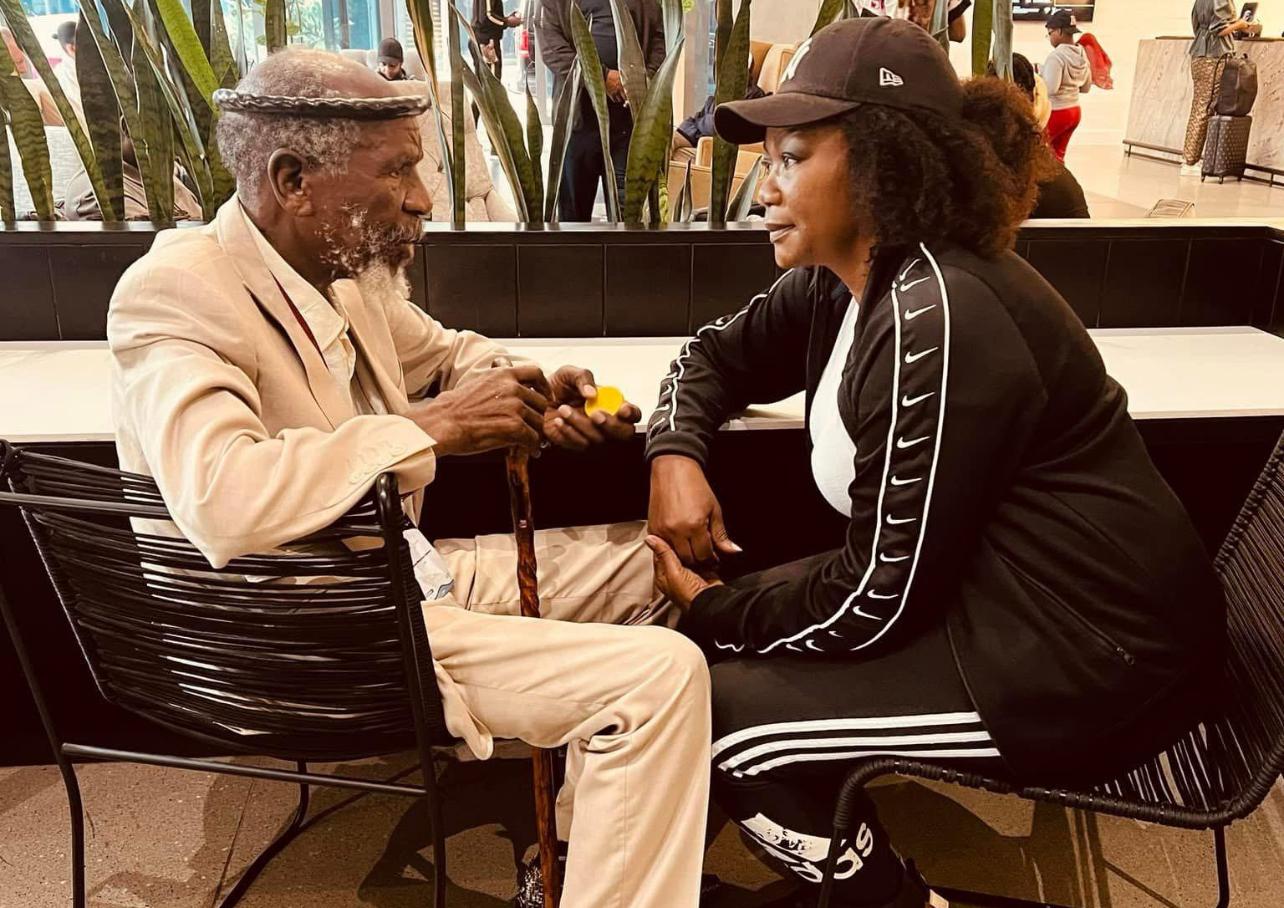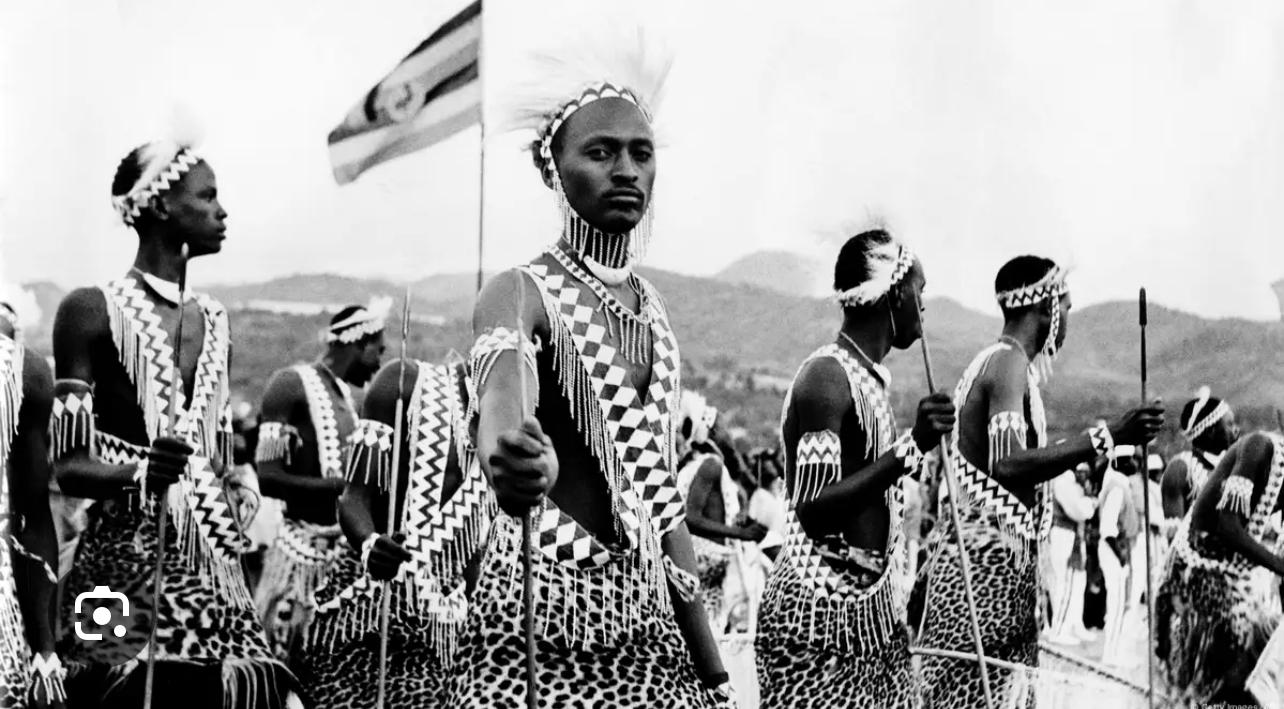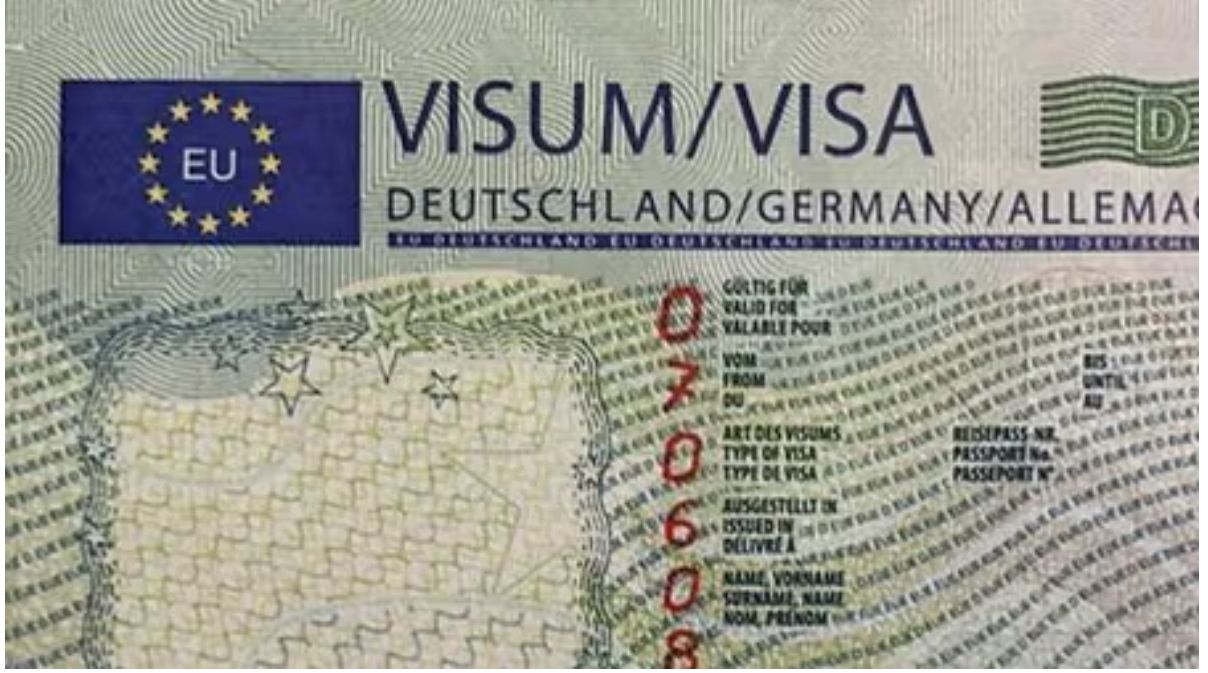Ancient Egypt was one of the world’s most advanced civilizations, and its symbols played a crucial role in shaping its culture, governance, spirituality, and scientific advancements. These symbols were not just decorative but carried deep meanings that influenced daily life, religious beliefs, architecture, and knowledge systems
The Ankh (☥) – “Key of Life”
Meaning: Eternal life, immortality, and divine power.
Contribution: The Ankh symbolized the Egyptians’ strong belief in the afterlife, influencing their elaborate burial practices, such as mummification and pyramid building. It was used in religious ceremonies and art to represent the gods’ ability to grant life.
The Eye of Horus (𓂀) – “Wadjet Eye”
- Meaning: Protection, healing, and wisdom.
- Contribution: This symbol was used in medicine and magical spells for healing, as well as on amulets worn by the living and placed in tombs for protection in the afterlife. It also influenced the development of Egyptian mathematics, particularly the measurement system.
The Djed Pillar (𓊽) – “Symbol of Stability”
- Meaning: Strength, stability, and endurance.
- Contribution: Representing the backbone of Osiris, the god of the afterlife, the Djed pillar was a key symbol in architecture and temple design, ensuring structural stability. It also reinforced the concept of resurrection and continuity in Egyptian culture.
The Was Scepter (𓋹) – “Symbol of Power”
- Meaning: Authority, dominion, and divine rule.
- Contribution: This scepter was held by pharaohs and gods, signifying their control over the land and people. It reinforced the divine kingship of the pharaohs, justifying their rule as chosen by the gods.
The Scarab Beetle (𓆗) – “Symbol of Transformation”
- Meaning: Rebirth, renewal, and protection.
- Contribution: The scarab was associated with Khepri, the god of the rising sun, symbolizing transformation. It was widely used in amulets and burial artifacts to ensure safe passage into the afterlife. This belief influenced Egyptian funerary practices and the construction of elaborate tombs.
The Ouroboros (Serpent Eating Its Tail) – “Cycle of Life”
- Meaning: Infinity, rebirth, and cosmic balance.
- Contribution: This symbol reflected the Egyptians’ understanding of the universe as an endless cycle of creation and destruction. It influenced their views on time, astronomy, and spiritual philosophy, guiding their religious texts and temple rituals.
The Cartouche (Name Hieroglyph Encased in an Oval) – “Royal Identity”
- Meaning: Protection of the pharaoh’s name for eternity.
- Contribution: The cartouche helped preserve the names of rulers in history, enabling archaeologists to decipher Egyptian history through hieroglyphs. It also emphasized the divine nature of the pharaoh, reinforcing political authority.
The Ka Symbol (𓂓) – “Vital Life Force”
- Meaning: The spiritual essence of an individual.
- Contribution: The concept of “Ka” shaped Egyptian burial customs, including the construction of tombs, offering chapels, and the use of statues to house the Ka in the afterlife, ensuring immortality.
The Shen Ring (𓏀) – “Symbol of Eternity”
- Meaning: Infinity, completeness, and divine protection.
- Contribution: The Shen Ring was used in royal and religious inscriptions to represent eternal rule and divine favor. It influenced Egyptian temple architecture and royal insignia.
The Feather of Ma’at (𓆄) – “Truth and Justice”
- Meaning: Truth, balance, and cosmic order.
- Contribution: Ma’at, the goddess of truth and justice, played a central role in Egyptian law. The weighing of the heart ceremony in the afterlife, where one’s soul was measured against the feather, reinforced ethical living and moral governance. This concept influenced the development of Egyptian legal and social systems.
Impact of These Symbols on Egyptian Civilization
- Governance & Kingship: Symbols like the Was Scepter, Cartouche, and Shen Ring reinforced the divine rule of the pharaoh, legitimizing their authority.
- Religion & Afterlife Beliefs: Symbols like the Ankh, Djed Pillar, and Ka shaped burial practices, mummification, and the construction of pyramids and tombs.
- Science & Medicine: The Eye of Horus was used in medicinal practices, influencing ancient Egyptian healing methods.
- Astronomy & Mathematics: Symbols like the Ouroboros influenced Egyptian knowledge of time cycles and the cosmos, guiding temple alignments with celestial bodies.
- Art & Architecture: These symbols were incorporated into monumental structures, ensuring their legacy lasted for thousands of years.
Ancient Egyptian symbols were more than artistic expressions; they were functional tools for governance, science, spirituality, and social organization, contributing to the civilization’s greatness.







